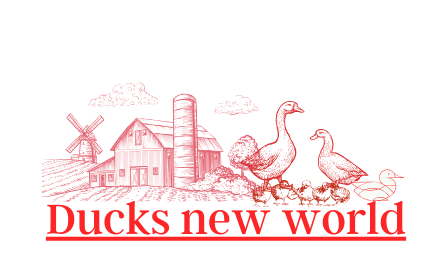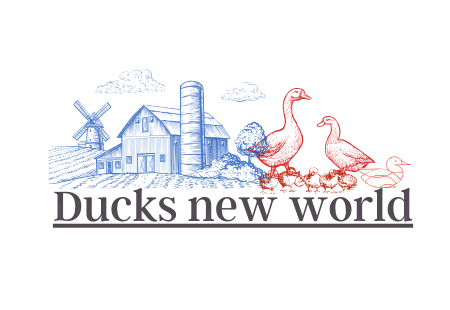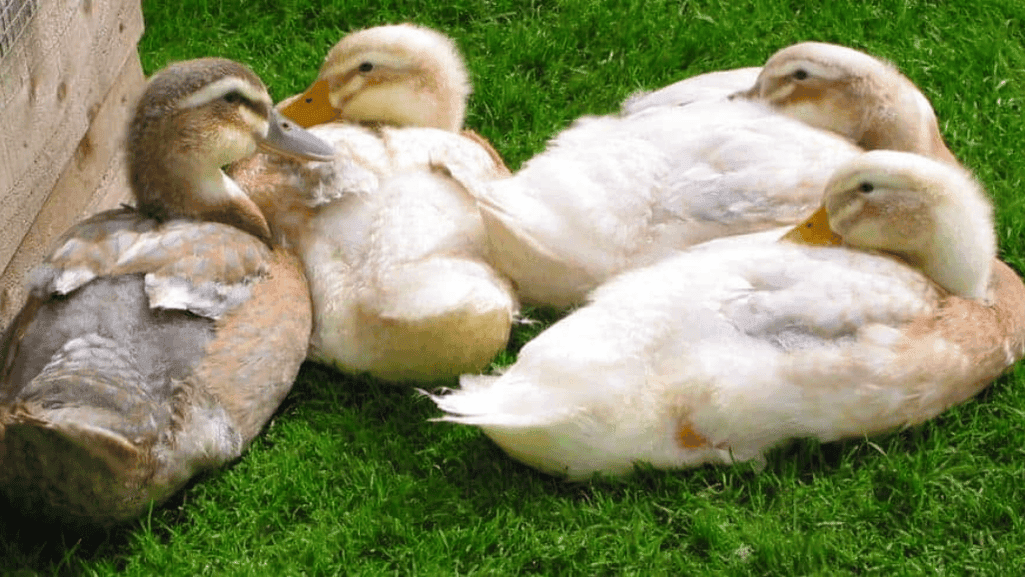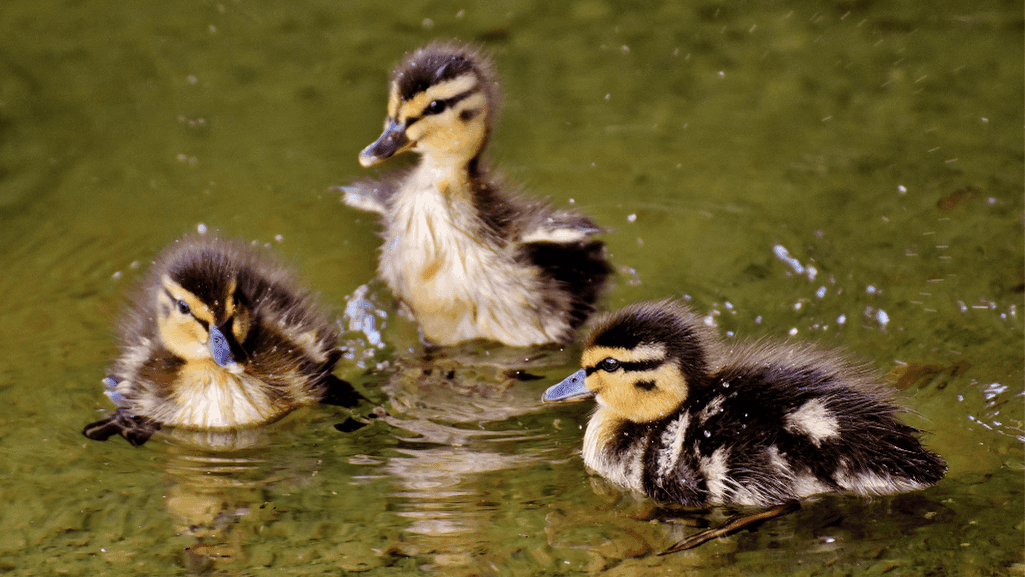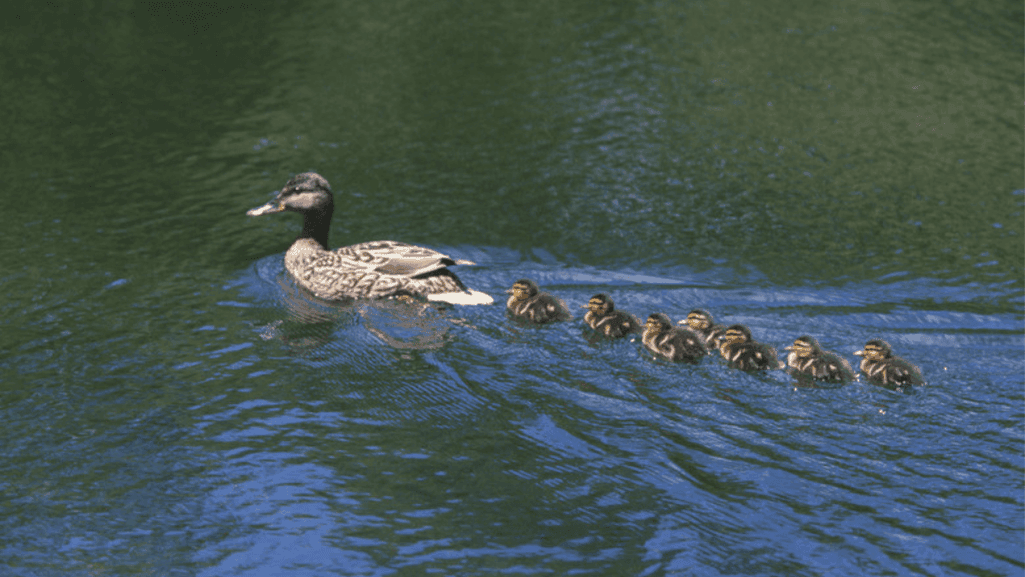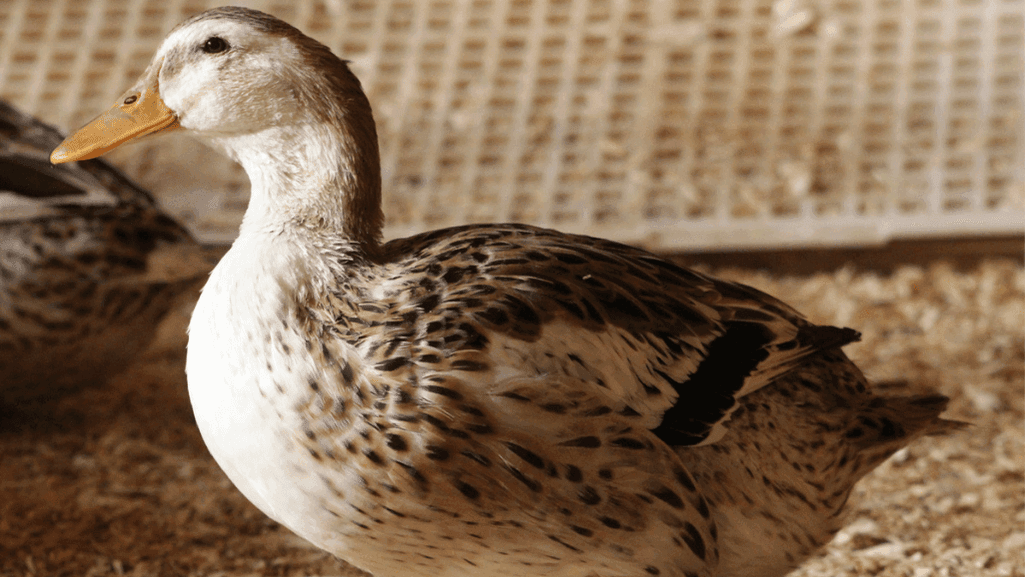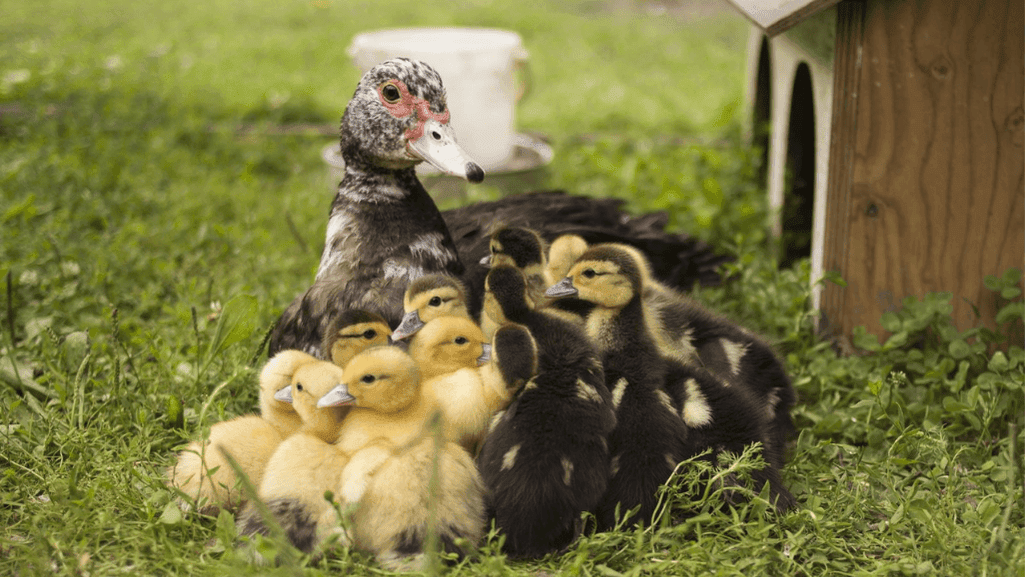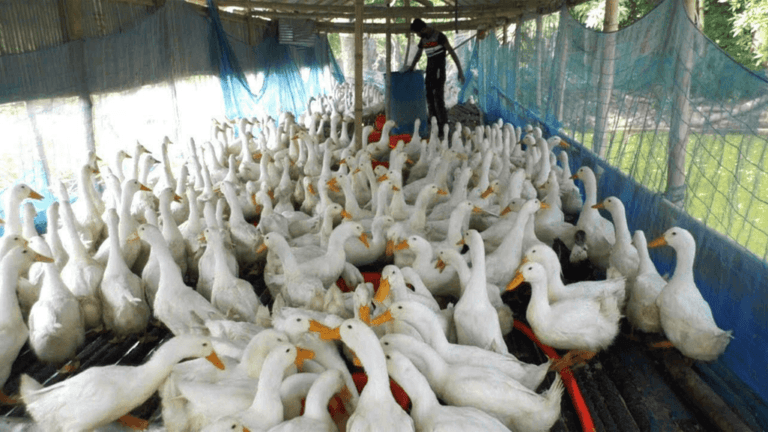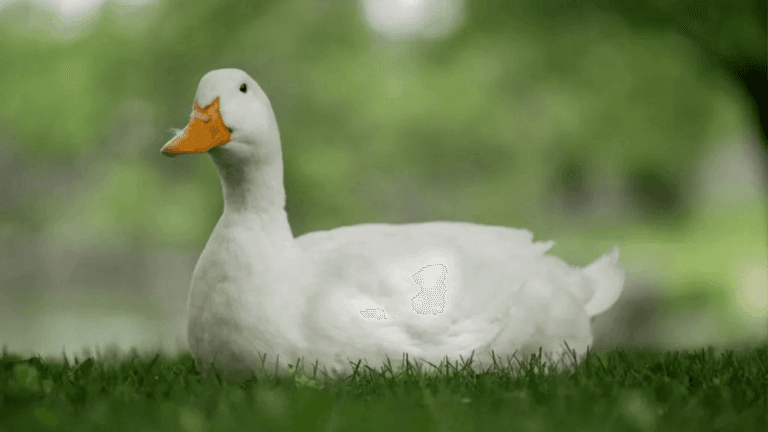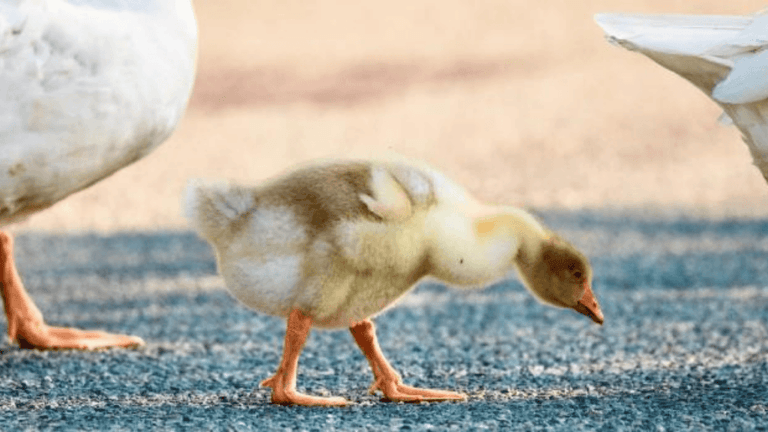Duck are fascinating birds known for their vibrant feather patterns and diverse characteristics. Among them, certain types stand out due to their striking coloration and unique traits. These birds are not only visually appealing but also serve practical purposes, such as meat and egg production.This article explores the various types of these ducks, their physical features, and their rearing practices. From their historical origins to modern backyard farming, you’ll discover fascinating facts about these remarkable birds. Whether you’re a farmer or a bird enthusiast, this guide provides valuable insights into their care and characteristics.
Key Takeaways
- Learn about the unique traits of these vibrant ducks.
- Discover their historical and modern farming practices.
- Understand their dual-purpose role in meat and egg production.
- Explore their striking feather patterns and coloration.
- Gain insights into their care and rearing techniques.
Overview of Duck Breeds and Their Unique Qualities
The world of ducks is rich with variety, each breed showcasing unique traits. From their vibrant feather patterns to their practical uses, these birds are a favorite among enthusiasts and farmers alike. Whether for egg production or pest control, ducks play a significant role in both backyard and commercial settings.
Distinctive Feather Patterns and Colors
One of the most striking features of ducks is their feather colours. Mallards, for instance, display a range of vibrant hues, from iridescent greens to deep browns. These patterns not only make them visually appealing but also help in identifying different breeds. Other species, like the Cayuga, boast unique dark plumage that sets them apart.
Impact on Backyard Farming and Egg Production
Ducks are highly valued in backyard farming for their egg-laying capabilities. Breeds like the Khaki Campbell can produce up to 300 eggs per year, making them a popular choice. Their ability to control pests naturally adds to their appeal. Seasonal variations in egg production also play a role, with some breeds laying more consistently throughout the year.
In addition to their practical uses, ducks come in a range of sizes and feather variations. Smaller breeds, like the Call Duck, are perfect for limited spaces, while larger ones, such as the Muscovy, are ideal for meat production. This diversity ensures there’s a duck breed for every need.
History and Evolution of Domestic Duck Breeds
The journey of ducks from wild habitats to domestic farms is a tale of adaptation and human ingenuity. Over thousands of years, these birds have transformed from wild mallards to the diverse breeds we see today. This evolution has shaped their role in agriculture and backyard farming.
From Wild Mallards to Domesticated Varieties
Wild mallards were the ancestors of most domestic duck breeds. Early humans began domesticating them around 2000 BC, primarily for their meat and eggs. Over time, selective breeding led to the development of distinct breeds like the Aylesbury, known for its pure white feathers and calm temperament.
Historical records show that by the 19th century, breeds like the Call Duck had emerged. These smaller birds were bred for their ornamental value and unique calls. The process of domestication also influenced their feeding habits, with modern ducks requiring balanced feed to thrive.
Selective breeding has also led to changes in adult duck characteristics. For example, the Aylesbury duck was specifically bred for its size and meat quality. Over the years, these practices have refined the traits of domestic ducks, making them more efficient for farming.
Today, domestic ducks are valued for their dual-purpose roles in meat and egg production. Their evolution from wild ancestors to farm birds is a testament to human innovation and the adaptability of these remarkable creatures.
Insights into Black and Yellow Duckling Breeds
The striking appearance of certain ducklings makes them a favorite among bird enthusiasts. Their vibrant colours and unique behaviors set them apart, making them a joy to observe and care for. This section dives into their defining traits and fascinating habits.
Defining Characteristics and Color Variations
These baby birds are known for their striking feather patterns. The contrast between dark and bright hues enhances their visual appeal. For example, some ducklings display a mix of deep shades and golden tones, creating a captivating look.
Their feather texture is soft and fluffy, providing insulation during early growth stages. Proper care, including the inclusion of grit in their diet, ensures healthy digestion and overall well-being.
Fascinating Facts and Breed Behaviors
Observing these ducklings reveals interesting behaviors. They are highly social, often seen following their caretakers or flock mates. This trait stems from their wild origins, where staying close to the group ensured safety.
Their growth rate is impressive, with noticeable changes in size and colour within weeks. Early stages are marked by high energy and curiosity, making them a delight to raise. For more insights into other unique breeds, explore black and white duck breeds.
- Soft, fluffy feathers provide warmth and protection.
- Social behaviors make them easy to bond with.
- Proper grit intake supports digestive health.
- Rapid growth rate ensures quick development.
These baby birds are not only visually stunning but also bring joy and liveliness to any setting. Their unique traits make them a standout choice for enthusiasts and farmers alike.
Behavior and Rearing of Ducklings
Raising ducklings requires attention to their unique behaviors and nutritional needs. From feeding habits to growth milestones, understanding these aspects ensures healthy development. Proper care during the early stages sets the foundation for strong, thriving birds.
Feeding Habits and Grit Requirements
Ducklings begin self-feeding shortly after hatching. A balanced diet is crucial, starting with chick feed rich in protein. This supports their rapid growth and energy needs. Transitioning to regular feed occurs around the fourth week.
Grit plays a vital role in digestion. Small amounts help break down food in their gizzard. Providing access to clean water is equally important, as ducklings need hydration to process their meals effectively.
Growth Milestones and Early Development
Ducklings grow at an impressive rate. Within the first week, noticeable changes in size and behavior occur. By the eighth week, they resemble adult ducks, ready for a twice-daily feeding schedule.
Creating a comfortable nest environment supports their development. Warmth, space, and safety are essential. Regular interaction helps build trust, ensuring they remain friendly as they mature.
- Start with chick feed for optimal nutrition.
- Include grit to aid digestion.
- Monitor growth rate and adjust care as needed.
- Ensure a safe and warm nest area.
Popular Duck Breeds: Types & Characteristics
Popular duck breeds are celebrated for their unique characteristics and uses. From small, vocal call ducks to upright Indian runner ducks, each type offers something special. These birds are valued for their egg production, meat yield, and even their ornamental appeal.
Highlights from Call Duck, Indian Runner, and Pekin
The call duck is known for its small size and distinctive quacking behavior. Often kept as pets, these birds are friendly and easy to manage. Their compact build makes them ideal for small spaces.
The Indian runner duck stands out with its upright posture. Unlike other breeds, it walks more like a penguin. This runner duck is prized for its high egg production, laying around 200 eggs annually.
The Pekin is a heavy breed, contributing significantly to meat production. Known for its calm temperament, it’s a favorite among farmers. This type also lays up to 140 eggs per year, making it a dual-purpose breed.
Comparative Traits of Heavy and Light Breeds
Heavy breeds like the Pekin and Aylesbury are ideal for meat production. They grow quickly and provide substantial yields. However, their egg production is moderate compared to lighter breeds.
Light breeds, such as the Indian runner and Khaki Campbell, excel in egg laying. The Campbell can produce over 300 eggs annually, making it a top choice for backyard farmers. These birds are also more active and require less feed.
Understanding these differences helps in selecting the right breed duck for specific needs. Whether for meat, eggs, or companionship, each type offers unique benefits.
Nutritional Needs, Egg Laying, and Breeding Facts
Proper nutrition and care are the cornerstones of raising healthy ducks, ensuring they thrive in both egg production and breeding. Understanding their dietary requirements and egg-laying patterns is essential for optimal results.
Essential Diet Components for Healthy Ducklings
Ducklings require a balanced diet to support their rapid growth. Chick feed with 18-20% protein is ideal for the first few weeks. This helps develop strong muscles and vibrant feathers.
Including grit in their diet aids digestion, especially when transitioning to solid feed. Niacin supplements are also crucial to prevent leg issues and promote overall health.
Clean water is vital for hydration and digestion. Ducklings should always have access to fresh water, especially during feeding times.
Egg Production Rates and Seasonal Variations
Different breeds have varying egg-laying capacities. For example, Khaki Campbell ducks can produce up to 320 eggs annually, while Muscovy ducks lay around 150.
Seasonal changes affect egg production. Ducks lay more eggs during spring and summer when daylight hours are longer. Artificial lighting can simulate these conditions to maintain consistent laying.
Female ducks require a calcium-rich diet for strong eggshells. Oyster shells are a great supplement to ensure they get enough nutrients.
- High-protein feed supports rapid growth in ducklings.
- Grit aids digestion and nutrient absorption.
- Seasonal lighting influences egg-laying patterns.
- Calcium supplements are essential for female ducks.
For more insights into raising healthy ducks, explore our guide on duckling breed care and selection.
Conclusion
From their vibrant colors to their practical uses, ducks offer a unique blend of beauty and functionality. This article has explored the diverse traits of various breeds, from the lively call duck to the efficient runner. Understanding their historical evolution and rearing practices helps ensure their success in both backyard and commercial settings.
Proper care, including balanced nutrition and attention to growth milestones, is essential for raising healthy adult ducks. Time-tested methods, such as providing grit and maintaining a warm nest, contribute to their well-being. These practices not only enhance their productivity but also strengthen the bond between caretakers and their birds.
As advancements in farming continue, our understanding of duck behavior and management will improve. By crediting reliable sources and adopting responsible practices, we can ensure these remarkable birds thrive for generations to come.
